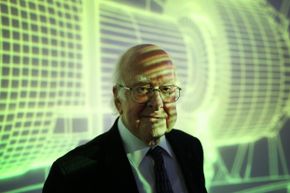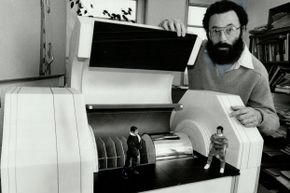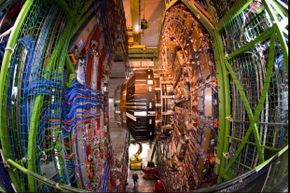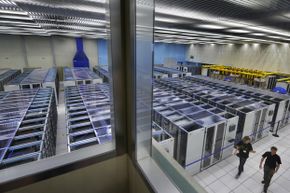At times, it's the little things that drive you crazy. By the early 20th century, physicists seemed to have the universe pretty well sewn up, between Newtonian gravity and Maxwell's electromagnetic equations. There was just one nagging problem: how to explain radioactivity. Addressing it sparked a scientific revolution that revealed the amazing truth about little things: Sometimes they contain universes.
Particle physics and quantum mechanics, the sciences of the truly tiny, brought physics two more fundamental forces and a menagerie of strange elementary particles, but after the 1970s little remained but to test and refine the dominant theory, the standard model. Another 30 years' worth of subatomic specks churned out by accelerators and colliders filled key blanks, yet many questions remained: Why did some particles have mass while others didn't? Could we unify the four fundamental forces or make general relativity and quantum mechanics get along?
Advertisement
Would one of these dangling threads spark another revolution? Finding out would take a bigger, more powerful particle collider than ever before, a 16.8-mile (27-kilometer) ring of superconducting magnets colder than outer space, capable of slamming particles together at near light speed in an ultrahigh vacuum. On Sept. 10, 2008, this $10 billion Large Hadron Collider (LHC), the collaborative effort of hundreds of scientists and engineers globally, joined the European Organization for Nuclear Research (CERN) campus of accelerators and soon broke particle collision records.
Let's look back at what we've learned so far, starting with the most famous discovery of all.





